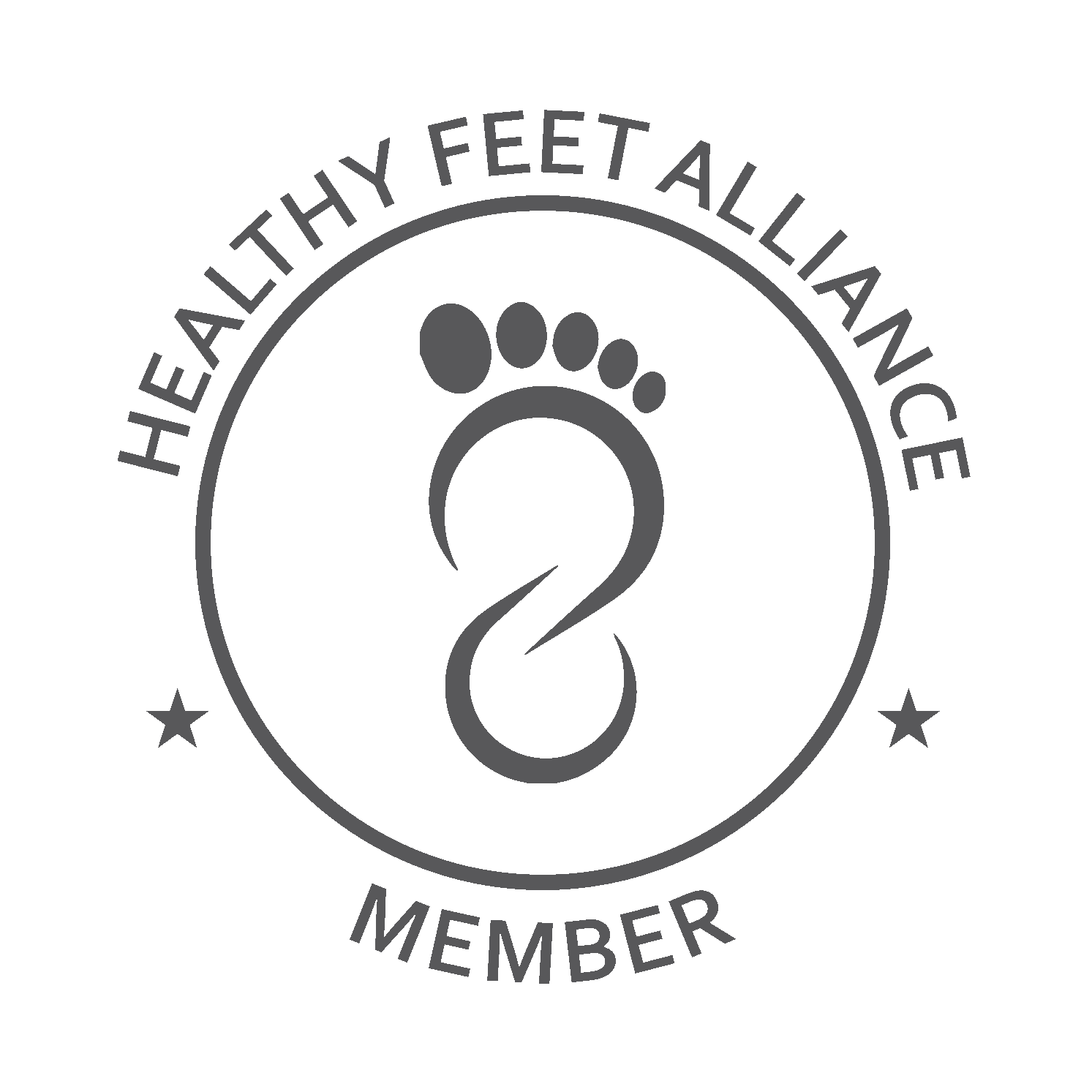WHAT IS MASSAGE THERAPY?
When I treat a patient for the first time, I like to know if they’ve ever had a professional massage before, so I ask this question on my intake form. If they’ve checked that “Y” box, I’ll follow up and ask them about the last massage they had. The response I get a lot? “Hmm, it was about 4 or 5 years ago. I was at an all-inclusive in Cuba and had a nice relaxation massage. I enjoyed it!” While that’s great – I’m truly glad you enjoyed it! - I like to know this as a therapist because it helps to gauge expectations. Most likely, the training behind the treatment was different than my training as a Registered Massage Therapist (RMT). So what is massage therapy?
At its roots, massage therapy consists of mainly hands on manipulation of the soft tissues of the body for the purposes of improving health. What is soft tissue, you ask? Your muscles, tendons, joints, ligaments, and connective tissue. The stuff that aches, shakes, snaps, crackles, and pops. The painful stuff!
what Registered Massage TherapistS do TODAY
As our understanding of human anatomy, physiology and pathology in the health field has improved, massage therapy as a profession has evolved right along with it. Standards vary globally, but Canada has some of the very highest standards in the world. Today, you can be confident your RMT has had training in assessments, massage techniques, hydrotherapy, and remedial exercises. After your initial intake and assessment, your RMT has the tools to deliver the best and most personalized treatment and treatment plan possible. Your massage therapist must always gain your consent to proceed with treatment, whether you are fully clothed, or fully or partially covered with sheets.
GENERAL SWEDISH MASSAGE (GSM)
Massage as a therapeutic tool has been around for a very long time. The ancient Greeks and Roman used massage on athletes in the sporting world to prepare the body before and after competition. Surgeons and physicians from the Middle Ages and Enlightenment wrote extensively about the utilization of both heavy and light massage techniques for patients. However, what you’ve probably experienced if you’ve had massage before is General Swedish Massage (GSM). This system of massage techniques was based on physiology, emerged in the 1700s and involves compressions, kneading, shaking, vibrations, and passive movements of the soft tissue. It is the most widely used form of massage today.
BENEFITS OF MASSAGE
The benefits of massage are vast and include both physiological and psychological components, i.e. it can help improve how our bodies function and our sense of wellbeing! Massage can impact stress levels and help reduce our sensation of pain. It can break up rigid scar tissue, improve range of motion in stiff joints, increase circulation and our ability to breathe, and reduce swelling, just to name a few.
THE DIFFERENT FACES OF MASSAGE
After getting registered, your RMT may acquire other training to add to their toolbox or, more specifically, treat certain populations of people. Some examples of this include acupuncture, cupping, myofacial release, hot stone massage, and post-natal massage. Here are a couple of lesser known examples below:
MANUAL LYMPH DRAINAGE (MLD)
If your therapist has training in the Vodder system of MLD, they can help patients with excess fluid build up in the body that puts a lot of pressure and stress on the surrounding structures. A Vodder-trained RMT seeks to improve the lymphatic system, which is very important for immunity and circulating fluids.
SPORT MASSAGE
This branch of massage was developed specifically for athletes and seeks to enhance their performance and recovery from competition. Often delivered on-site, a sport massage therapist will apply specific techniques before and after an event, and sometimes even between events. A 10-minute, pre-event sport massage can be a crucial part of an athlete’s warm up routine and will look very different from a more traditional treatment in a clinic room.
IN CLOSING
Hopefully, this article has highlighted that an RMT in Ontario can do a lot more than just offer a relaxation massage. RMTs are trained health care professionals with the resources to improve your health and wellbeing. I trust you now have reason to include it as a regular expression of your self-care. If you pay into benefits package, check to see what it says about massage therapy. You may have partial or even complete coverage to see an RMT. You only get one body – make the most of it! I hope to see you soon.


